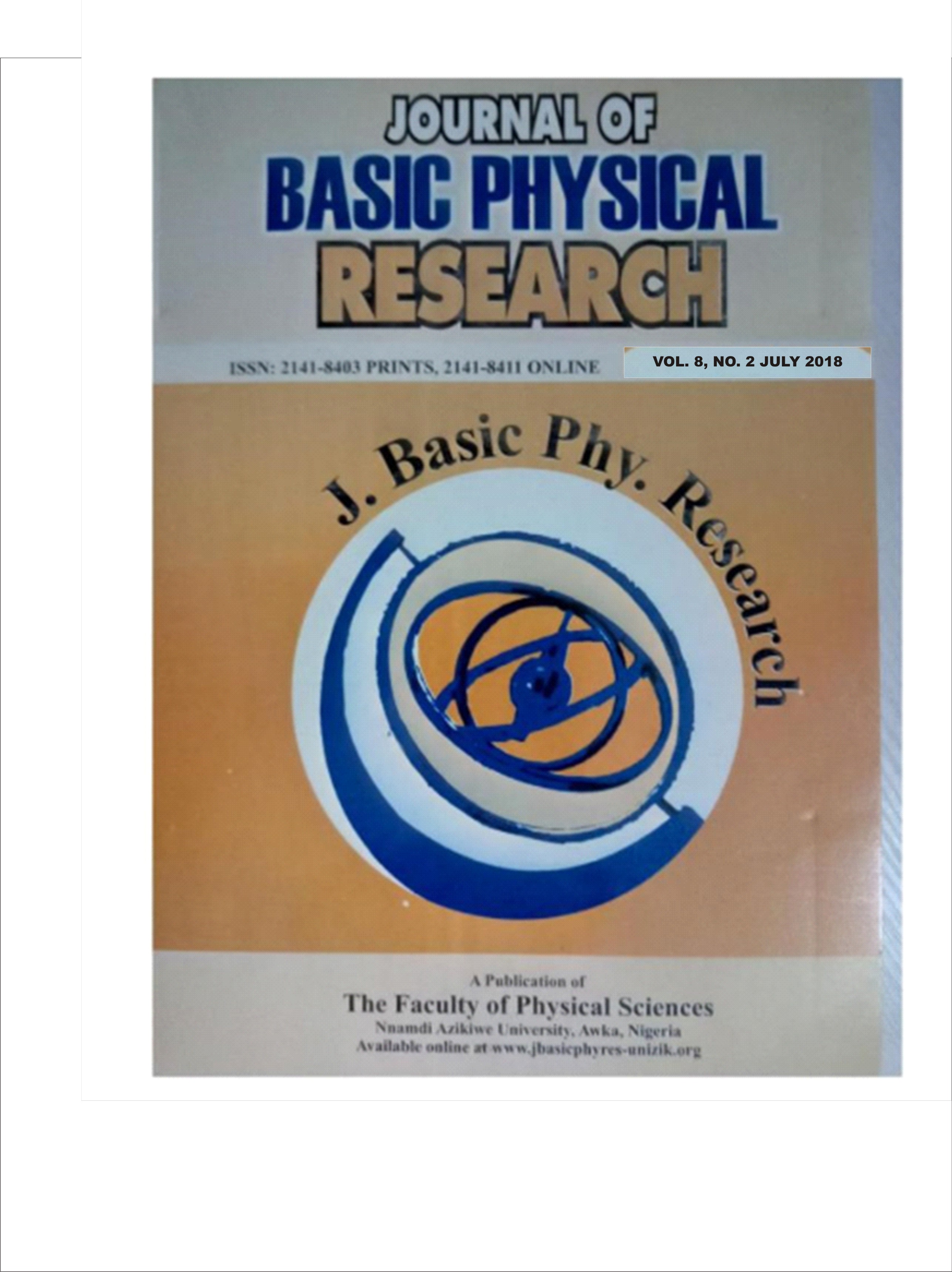PRELIMINARY ASSESSMENT OF LIQUEFACTION AND LANDSLIDE POTENTIALS IN SOILS FROM THREE MAJOR SUSCEPTIBLE AREAS IN NIGERIA
Keywords:
Liquefaction, landslide, slope stability, geotechnical analyses, NigeriaAbstract
Landslide is one of the most ravaging natural disasters in the world and recent occurrences in Nigeria require
urgent technical assessment of susceptible zones. In this study, three major susceptible areas in Nigeria were
accessed for potentials for liquefaction and sliding. The areas are Oko (Anambra State), Agbaja (Kogi State),
Enyenkorin and Asa Dam (Kwara State). Reconstructed samples were collected from each locality for the
purpose of determining and comparing their susceptibilities to landslide and liquefaction. Grain size analyses
and Atterberg consistency limits were used to investigate the liquefaction potential while the slope conditions
were deduced using SLOPE/W software. Grain size distribution revealed that the soils contain 0-7% gravel, 63-
96% sand and 2-18% fines for Oko and Agbaja compared to 4-12% gravel, 30-36% sand and 18-39% fines for
Asa Dam and Enyenkorin. These values and plots of plasticity index against liquid limit, dry density against
moisture content and coefficient of permeability show that samples from Oko and Agbaja are potentially
liquefiable when compared with the control sample. The shear strength parameters have values ranging 40-80
kPa and 24-35o while the Coefficient of permeability varies between 1.71 × 10-5 and 1.18 × 10-3. The factor of
safety (FOS) values for soils from Oko, Agbaja and Asa Dam are 1.452, 1.946 and 2.488 respectively. Though
these values indicate stability, caution must be applied as the condition at the area revealed that the slope are in
their state of impending failure. The FOS for dry slope was higher when compared to those of wet slope. This
was due to the effect of pore water pressure on the soil as it reduced the shear strength of the soil. A reduced
value of FOS was observed in the model under loading conditions, which indicates loading as a contributing
factor to the slope failure. It is recommended that proper and efficient drainage system should be employed in
these areas to reduce the influence of pore water pressure in the soils. Also surface terracing is recommended to
reduce the effect of toe failure.


